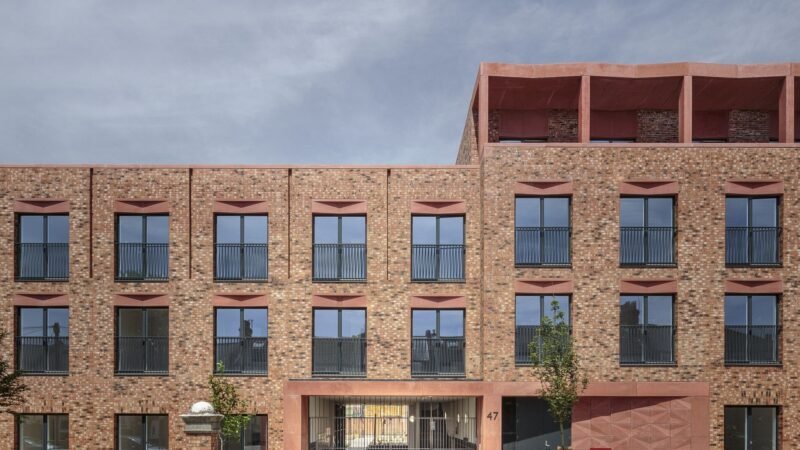On Cage Homes
In August, Alexandra wrote about her interpretation of Jennifer Toth’s ‘The Mole People’ – a fascinating book about communities of outcasts living beneath the busy streets of New York City. Toth profoundly describes the struggles of the urban poor for scarce space in a globalizing city, which forces some of them to leave the aboveground world of success and fame and look for a new home underground, far away from the blinding daylight. Some days ago The Tiny Life reported about the cage home phenomenon in Hong Kong.

More and more of the city’s blue collar workers live in structures like these, which are “essentially bunkbeds that are sealed off with cage wire so that people can lock them when they aren’t there. They are the size of a single bed and are about 4 feet tall for each ‘unit’.” Bathrooms are shared with everyone else, and in the buildings itself, which are old tenement flats, live around 1,000 people.
Raising land value has resulted in increasing scarcity of space, which forces specifically the lower classes to come up with rigorous ideas like these. Renting one cage home in Hong Kong costs about $167 (!) a month. The highest bunks are the cheapest. This example shows us the dark side of globalization. Globalization has winners – the flexible knowledge worker, the creative class -, and losers. Many losers.
“The cage can almost speak or bring out the message of how difficult and bitter life is for Hong Kong’s poorest.”



